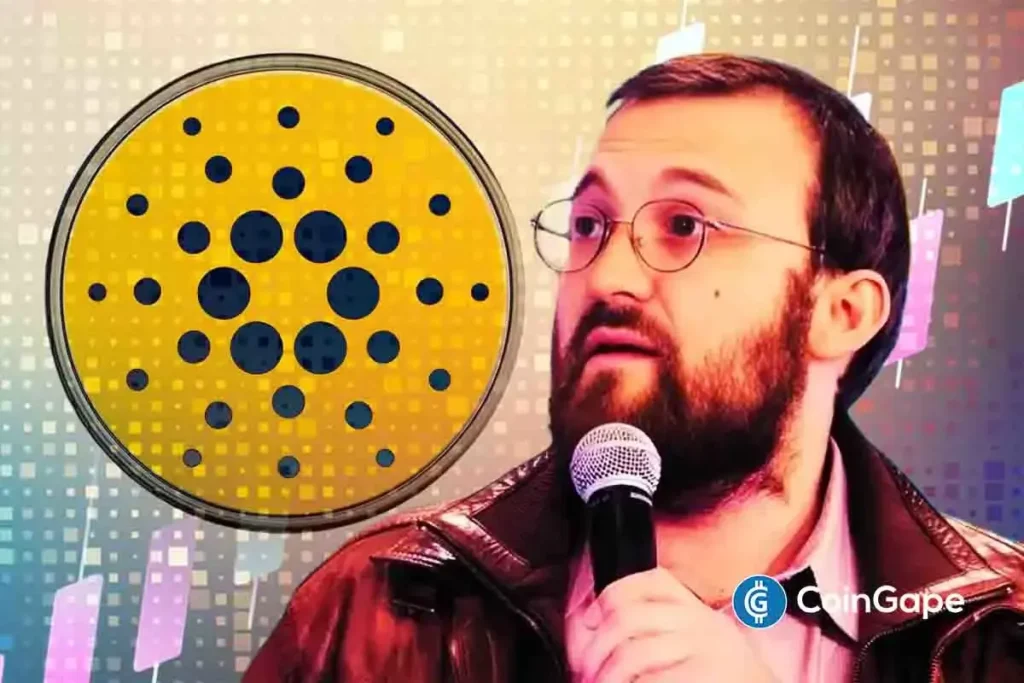Title: Cardano Network Resilience: Charles Hoskinson Addresses Recent Concerns
In response to growing speculation regarding the Cardano network’s recent sluggishness, founder Charles Hoskinson has stepped up to clarify the situation. A wave of fear, uncertainty, and doubt (FUD) enveloped the community following rumors of network failures, including assertions that an AI-driven transaction had crashed the system. In a bid to quell misinformation, Hoskinson released a detailed report, entitled "Myths vs Facts," which sought to separate fiction from reality.
Addressing Network Concerns
In his post, Hoskinson laid out clear evidence that the mainnet had remained operational throughout recent events, emphasizing that there was no compromise to the core protocol. This response came on the heels of circulating narratives suggesting a major failure, including claims of a rollback of transactions. Addressing FUD head-on, he encouraged community members to prioritize verified information over unsubstantiated rumors. This proactive approach is not new for Hoskinson; he has previously tackled misinformation surrounding the Cardano treasury fund, demonstrating a consistent commitment to transparency.
Incident Report Findings
Hoskinson explained that the recent slowdown stemmed from an edge case in node implementation rather than a failure of the Cardano protocol itself. The quick identification of the issue by stake pool operators (SPOs), crypto exchanges, and engineers was crucial, allowing the network to continue functioning properly as patches were urgently deployed. This incident showcases the collaborative spirit of the Cardano ecosystem, where rapid responses to potential threats are integral to network resilience.
Clarifying Technical Details
Further outlining the incident, Hoskinson revealed that a task force was formed shortly after the slowdown to coordinate a response. This group implemented a fixed node update designed to ensure that the healthy chain of the network could effectively override any invalid nodes through the established Ouroboros consensus mechanism. This response notably contrasts with reports from external entities, such as Intersect, which suggested that there was a split in the Cardano chain due to a poisoned transaction. Hoskinson’s clarification emphasized that a centralized rollback was not executed, affirming the decentralized nature of Cardano’s operations.
Countering Misinformation
In rejecting rumors about an AI teenager being responsible for the network issues, Hoskinson reassured stakeholders that authorities had been notified as part of a responsible disclosure policy. Although abnormal behaviors are typically flagged through bounty channels before they reach the mainnet, this particular situation was treated with heightened seriousness due to the absence of such notification systems in this case. This highlights the importance of robust incident management strategies within evolving blockchain ecosystems.
Looking Forward with Intersect’s Commitment
Following the incident, Intersect has vowed to conduct a thorough review and issue a comprehensive report to prevent similar situations in the future. This commitment not only aims to enhance the operational integrity of the Cardano network but also serves as a reminder of the platform’s ability to efficiently coordinate among independent operators during unexpected challenges. The swift recovery operations following the slowdown underscore the resilience and adaptability of the Cardano ecosystem.
In conclusion, while challenges are inherent in any technological landscape, the recent events surrounding the Cardano network serve as a learning opportunity for all stakeholders involved. By addressing misinformation, enhancing operational protocols, and emphasizing community collaboration, Charles Hoskinson and his team continue to solidify Cardano’s position as a leading player in the blockchain space.


